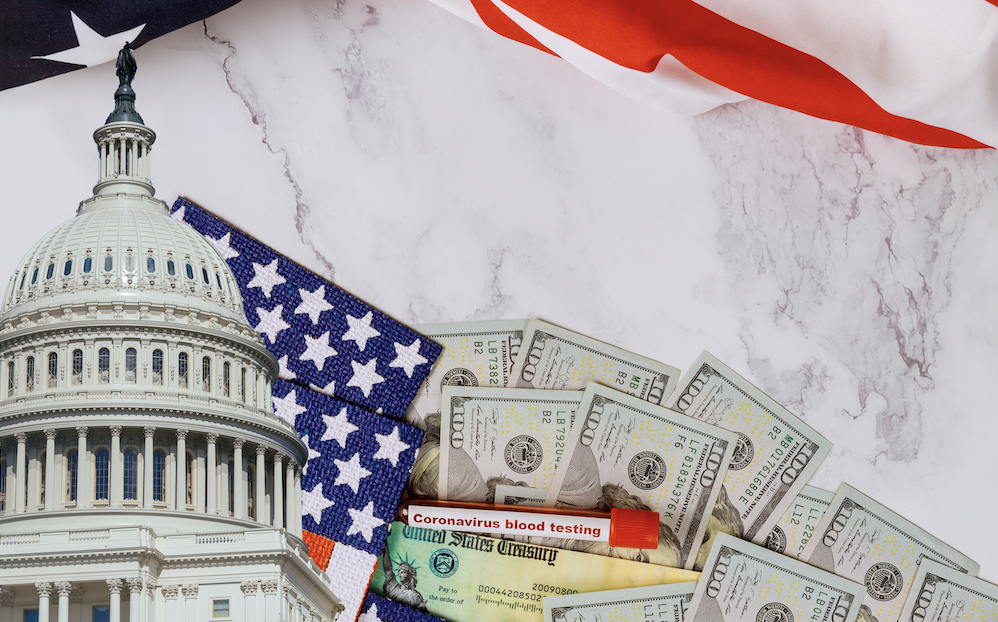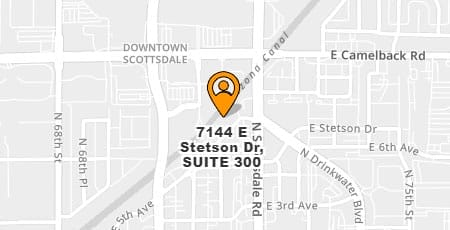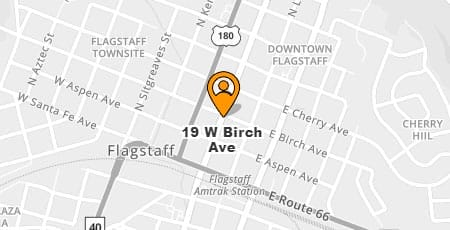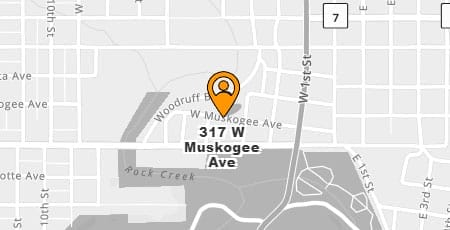
By Tom Galvin | Rose Law Group Reporter
This new stimulus bill finally passed by Congress is about $900 billion, which is less than half the size of the $2.2 trillion stimulus bill passed last March. It includes $284 billion in Paycheck Protection Program (PPP) funding for businesses and $600 stimulus checks for each adult and child, per income limits. Funding is provided for testing, tracing, and vaccine distribution, universities, nutrition assistance, broadband access, rental assistance, and will extend the federal eviction moratorium.
Here are the key details:
Stimulus checks
- $600 stimulus payments for each adult and child
- Income limits of $75,000 for singles and $150,000 for married couples
- A family of four is eligible for $2,400 if they satisfy the income thresholds if they make less than $150,000
Unemployment benefits
- $300 a week, for 11 weeks, for supplemental federal unemployment benefits
- These are half of the amount and length of time provided by the original stimulus law
- Two unemployment programs are set to end on Dec. 26:
- the Pandemic Unemployment Assistance program, which provides benefits to self-employed, temporary workers and gig workers
- the Pandemic Emergency Unemployment Compensation program, which provides an a supplemental 13 weeks of benefits beyond the typical 26 weeks that states provide to jobless workers.
- A tax credit to support employers offering paid sick leave, based on the the Families First Coronavirus Response Act, enacted in March
- Families First requires many employers to provide employees with two weeks of sick leave related to COVID-19, at full pay, and up to 12 weeks of family and medical leave to care for family members at two-thirds pay.
PPP
- $284 billion forgivable loans for small businesses
- $20 billion for targeted EIDL Grants
- Expanded eligibility for 501(c)(6)nonprofits, local newspapers, radio, tv broadcasters
- Includes $15 billion for performance venues, independent movie theaters, cultural institutions
- Some of the PPP funds are reserved for “very small” businesses, as well as lending through community-based lenders and minority depository institutions.
- $3.5 billion for continued SBA debt relief payments, and $2 billion for enhancements to SBA lending
- Businesses that received PPP loans and had them forgiven will be allowed to deduct the costs covered by those loans on their federal tax returns
Transportation
- $45 billion for transportation, including $16 billion for another round of airline employee and contractor payroll support;
- $14 billion for transit; $10 billion for highways; $2 billion for intercity buses; $2 billion for airports; and $1 billion for Amtrak
Community Development Financial Institutions and Minority Depository Institutions
- $12 billion in funding for CDFIs and the creation of a new Neighborhood Capital Investment program to support CDFIs and MDIs and help low-income and minority communities withstand the economic impact of the COVID-19 pandemic
Other Miscellaneous Provisions
- $82 billion for colleges and universities
- Major expansion of the federal Pell grant for low-income college students
- Higher Education Emergency Relief Fund: $22.7 billion
- $20 billion distributed to all public and private non-profit institutions of higher education
- $908 million to for -profit colleges to provide financial aid grants to students .
- Includes set -asides of an additional $1.7 billion for HBCUs, tribal colleges, and Minority -Serving Institutions and $113.5 million for institutions with the greatest unmet needs or those not served by the primary formula, such as independent graduate schools.
- Governors Emergency Education Relief Fund Including support for HVAC repair and replacement to mitigate virus transmission, including $2.75 billion in designated funds for private K-12 education
- $13 billion in nutrition assistance
- $7 billion for broadband access
- $25 billion in rental assistance
- Although it remains unclear how the money will be distributed.
- Business meal deduction increased from 50% to 100% of meals
- Extension of the Employee Retention Tax Credit: The bill importantly extends and expands the refundable Employee Retention Tax Credit (ERTC), which was established in the CARES Act.
- The package enhances the LIHTC to help increase affordable housing construction and provide greater certainty to new and ongoing affordable housing projects.
- Special “lookback” for EITC and CTC: The bill includes a special temporary rule allowing lower-income individuals to use their earned income from tax year 2019 to determine the Earned Income Tax Credit and the refundable portion of the Child Tax Credit (i.e., the Additional Child Tax Credit) in the 2020 tax year.
- Extension of eviction moratorium (scheduled to expire at December 31), until at least January 31.
- The incoming Biden administration can extend the deadline further.





